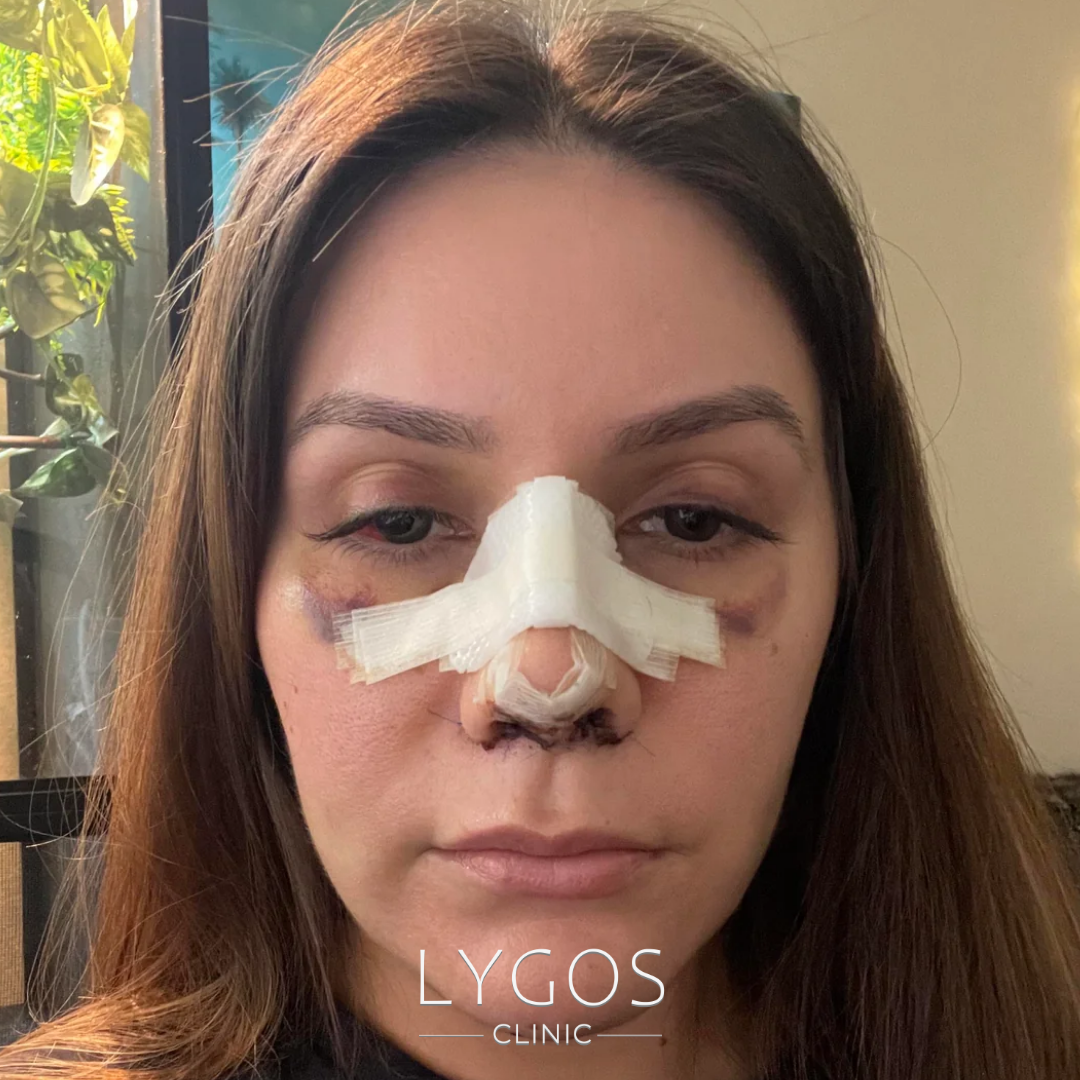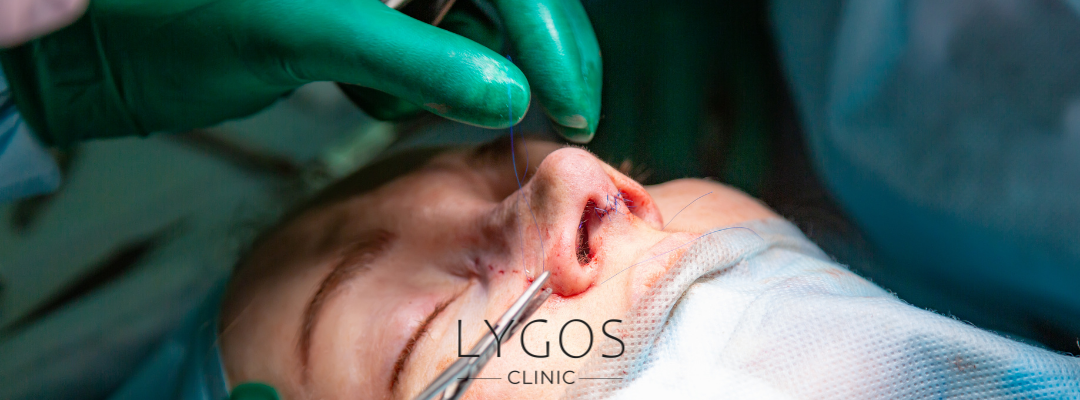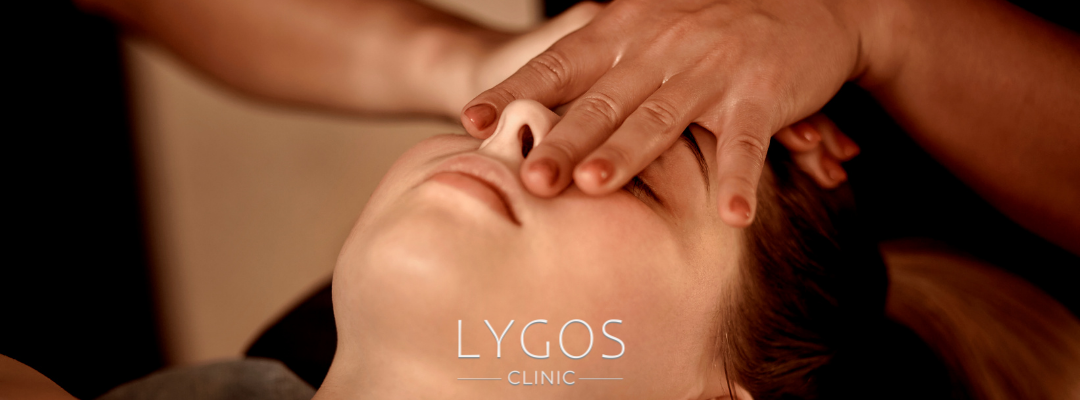Swelling After Rhinoplasty | Causes and Solutions

Chose Your Topic
Swelling After Rhinoplasty
Rhinoplasty, also known as nose surgery, is a surgical procedure performed to reshape the nasal structure, improve respiratory function, or enhance aesthetic appearance. One of the most common issues patients face after this surgery is swelling after rhinoplasty.
This swelling is the body’s natural response to surgical trauma and is a normal part of the healing process. In this article, we will discuss why swelling after nose job occurs, how long it lasts, and methods to speed up the recovery process.

Why Does Swelling After Rhinoplasty Occur?
The main reasons for swelling after rhinoplasty are as follows, and they are primarily related to the body’s natural healing response to surgical intervention, which involves inflammation, fluid retention, and changes in circulation that contribute to post-operative swelling:
- Surgical Trauma: Interventions on nasal bone and cartilage structures cause tissue damage, leading to an inflammatory response from the body.
- Lymphatic Circulation Disruption: A slowed lymphatic flow after surgery can result in fluid accumulation in tissues, increasing swelling.
- Changes in Blood Circulation: Temporary changes in blood vessels may cause fluid to leak into tissue spaces.
- Surgical Techniques: Open or closed rhinoplasty techniques can cause different levels of swelling after nose job.
How Long Does Swelling After Rhinoplasty Last?
The duration of swelling after rhinoplasty varies from patient to patient, depending on factors such as individual healing capacity, surgical technique, and post-operative care. Generally, the recovery process follows this timeline:
- First Week: The most intense swelling occurs within the first 48 hours after surgery. Bruising and puffiness may appear around the eyes and nose.
- First Month: Most of the swelling decreases within 3-4 weeks.
- 3-6 Months: The nasal contours become more defined, but full recovery is not yet complete.
- 6-12 Months: It may take up to a year for swelling after nose job to fully disappear and for the nose to take its final shape.

Methods to Reduce Swelling After Rhinoplasty
To speed up the reduction of swelling after nose job and enhance the healing process, the following methods can be applied to ensure a smoother and more efficient recovery. Each method targets different aspects of the healing process, from reducing inflammation to improving circulation:
- Cold Compress: Applying cold to the eye and nose area within the first 48 hours can help.
- Keeping the Head Elevated: Using two pillows while sleeping prevents fluid accumulation and promotes faster lymphatic circulation.
- Reducing Salt Intake: Excessive salt consumption can increase fluid retention in the body and worsen swelling after nose job.
- Drinking Plenty of Water: Adequate water intake helps remove excess fluid from the body.
- Avoiding Smoking and Alcohol: Smoking and alcohol can impair circulation, delaying recovery.
Factors Affecting Swelling After Rhinoplasty
The severity and duration of swelling after rhinoplasty depend on several factors that can significantly influence how quickly the body heals and how much swelling develops. These factors encompass a wide range of individual characteristics, surgical techniques, and post-operative care strategies. Understanding these variables can provide patients with a better idea of what to expect during their recovery process. These factors include:
- Patient's Age and Skin Type: Younger patients may recover more quickly.
- Surgical Method: Closed rhinoplasty typically causes less swelling, while open rhinoplasty may require a longer recovery time.
- Genetic Factors: Some individuals naturally develop more swelling after nose job.
- Post-Surgical Care: Following the doctor's recommendations can speed up recovery.

Treatment Methods for Swelling After Rhinoplasty
Some patients may require additional treatment methods to effectively manage and reduce swelling after rhinoplasty. These methods, when used in combination with standard post-operative care, can accelerate the healing process and promote quicker recovery. The following treatment options may be recommended:
- Lymphatic Drainage Massage: Light lymphatic drainage massages performed by a professional can help remove swelling faster.
- Steroid Use: Steroid medications prescribed under medical supervision can help reduce swelling after nose job.
- Herbal Supplements: Natural supplements such as bromelain and arnica may help alleviate swelling.
Is Swelling After Rhinoplasty Permanent?
Swelling after rhinoplasty is usually temporary and disappears completely with proper care. However, in some patients, it may take up to a year for swelling to fully subside. If you notice persistent swelling or asymmetry, you should consult your doctor.
In conclusion, swelling after nose job is a normal part of the healing process and can be reduced more quickly with appropriate precautions. While it may take time for swelling to disappear completely, careful post-operative care can help achieve faster recovery.
Swelling After Rhinoplasty Frequently Asked Auestions(FAQ)
It is a natural response to surgical trauma, causing fluid accumulation in the nasal tissues.
Most swelling subsides in 3-4 weeks, but full recovery can take up to a year.
Surgical trauma, blood circulation changes, and lymphatic fluid buildup.
Use cold compresses, keep your head elevated, reduce salt intake, and stay hydrated.
Yes, factors like age, genetics, and surgical technique affect swelling.


